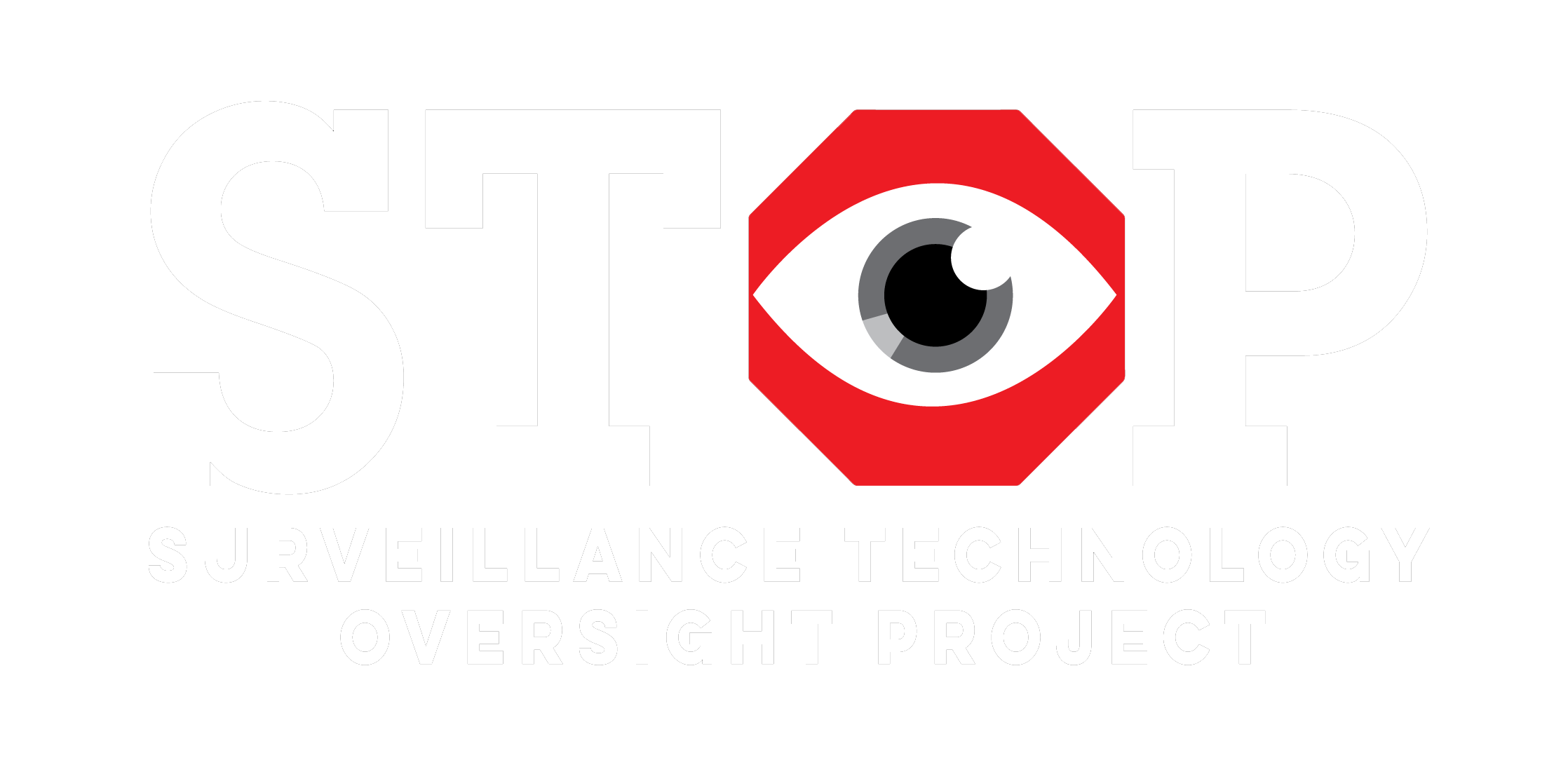Nervous about Trump’s protest surveillance? Here’s how to stay safe.
By Sophia Park
American federal and local law enforcement have used surveillance measures to curb protesters’ voices for well over a hundred years—from the use of informants to monitor potential public dissent in the late 1800s, to midcentury McCarthyism, to NYPD’s deployment of facial recognition on Black Lives Matter protesters in 2020. This year, the Department of Homeland Security flew drones to trail and film “No Kings” protests. The long list continues, and yet only counts instances of surveillance that have been publicly disclosed.
The government and protest surveillance may go way back, but surveillance technology’s capacity to track, suppress, and punish protected speech is advancing at a blistering pace. From cell-site simulators (fake cell towers that trick your phone into connecting and steal your data) to gait recognition technology (software that can identify you through your body’s movement), new technologies continue to develop that law enforcement can use to quash the right to protest nationwide. Taken together, the government now collects and weaponizes enough data on protestors to make J. Edgar Hoover blush.
As surveillance of protestors ramps up, so do threats against them. The Trump administration has recently threatened protesters with “very heavy force,” imprisonment in foreign countries, and deportation. Its blatant disregard for First Amendment-protected freedoms and eagerness to embrace violence have also carried over to local law enforcement. In June, a Florida sheriff threatened to “kill [protesters] graveyard dead.” Both levels of government have done their best to make good on their threats. In the past couple of months, gun-toting federal agents used flash-bang grenades to subdue anti-ICE demonstrators in San Diego, and the NYPD pulled, shoved, and arrested New Yorkers also protesting ICE raids. And in a move that will doubtlessly further enable the government to act on its callous threats, President Trump recently granted ICE agents liberty to arrest protesters “using whatever means is necessary.”
Amid these burgeoning surveillance technologies and unfettered threats, it is imperative that protesters actively take measures to protect themselves, which may include:
Bringing equipment like first-aid kits, food, and water to keep your body protected and energized;
Using a burner phone, leaving your phone at home, or at least switching your usual phone to airplane mode to block location and other information tracking;
Locking your phone to only open with a complex passcode and using an encrypted messaging app like Signal to reduce the risk of police accessing sensitive data;
Taking public transport or walking to protest sites to prevent your vehicle from being tracked;
Wearing N95 masks, sunglasses, and non-descript clothing to protect your health and avoid identification. However, it is essential to keep in mind any local anti-masking laws that may increase your risk of police contact;
Exercising caution when taking and posting images and videos so as not to increase both your and others’ chance of continuous monitoring and later arrest; and
Writing the number of a lawyer you can call on your arm, such as your National Lawyer’s Guild chapter, in case you don’t have access to your phone if you’re taken into custody.
But protesters cannot face the surging danger alone, and it is ultimately the responsibility of lawmakers to enact stronger public policy to protect them. The updated POST Act now requires NYPD to exercise greater transparency in its use of surveillance technology, and a recent settlement with NYPD brought mandatory reforms to police presence and force at protests. These measures are an essential first step toward greater protection of protesters, but they do not go far enough. States like New York must pass legislation that explicitly bans, rather than merely regulates, law enforcement’s use of surveillance technology. The New York State legislature must pass bills that prohibit police use of biometric surveillance, drones, cell-site simulators, geofence warrants, immigrant information networks, rogue DNA databases, and more.
Protesters cannot continue to rely on the illusory protection of the First Amendment any more than they can afford to stop protesting. Instead, protesters must recognize both the heightened danger they face from the Trump administration’s animus and its growing arsenal of protest surveillance technologies. Until states like New York pass stronger legislation that fully bans noxious police surveillance software, protesters must take protection into their own hands. Taking proactive measures to combat surveillance may serve as one of the last remaining defenses under an administration that won’t hesitate to shoot them down.
Park is a civil rights intern at the Surveillance Technology Oversight Project (S.T.O.P.) and rising senior at Wellesley College majoring in Philosophy and Economics.
